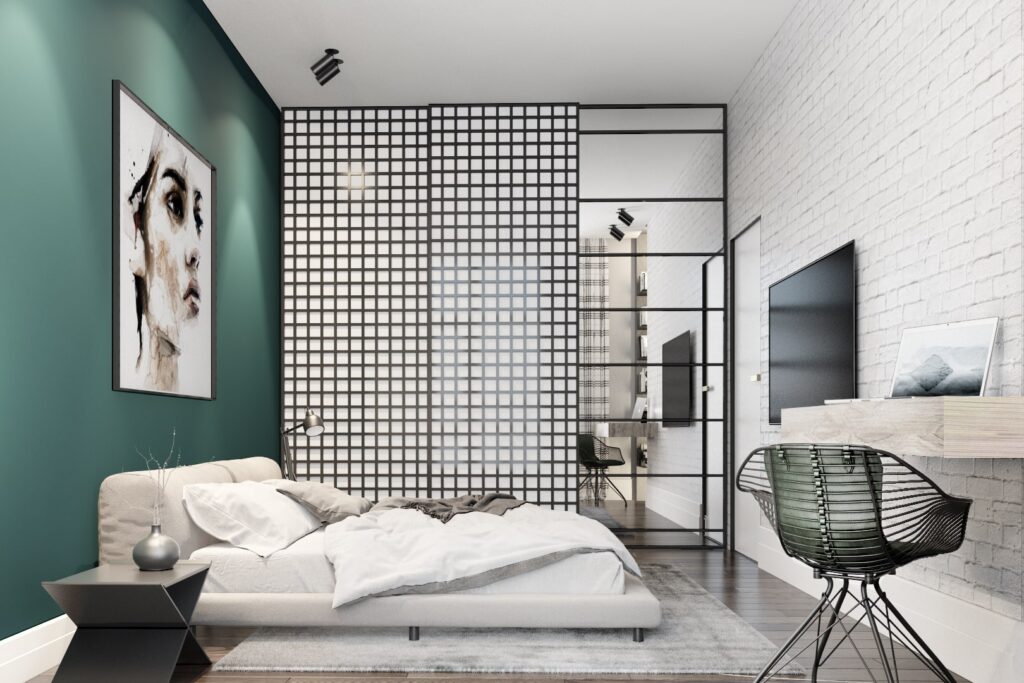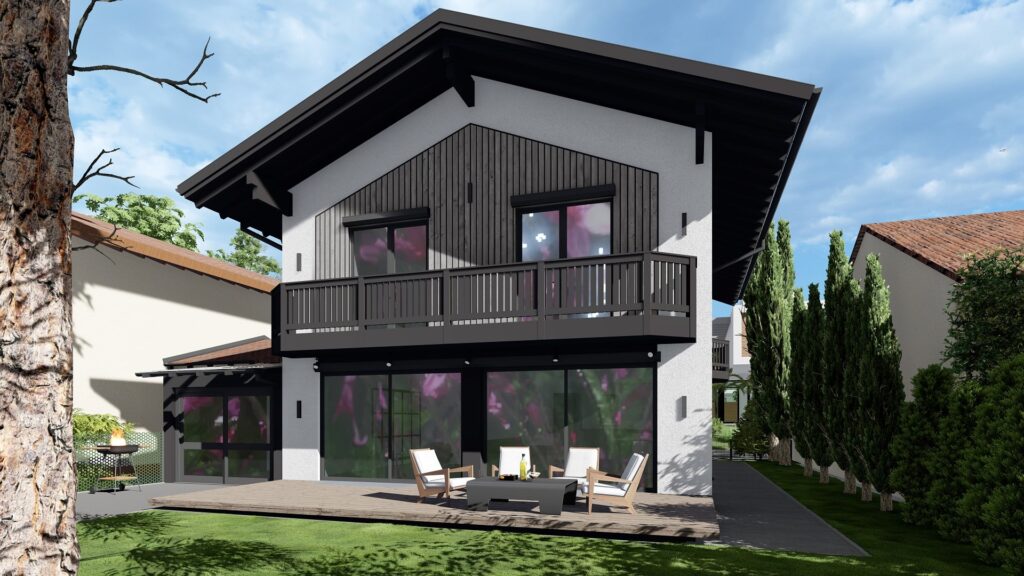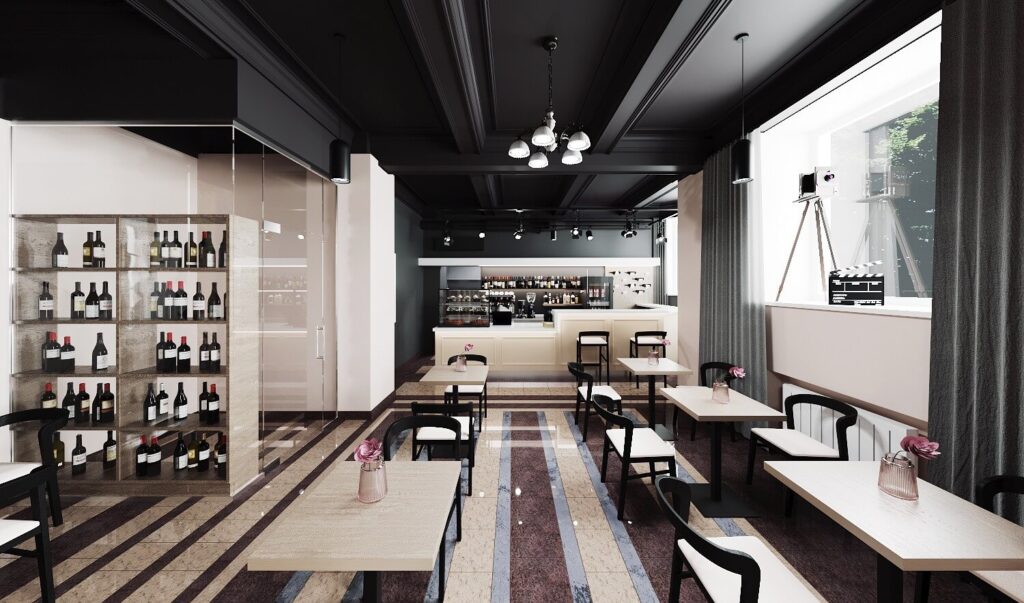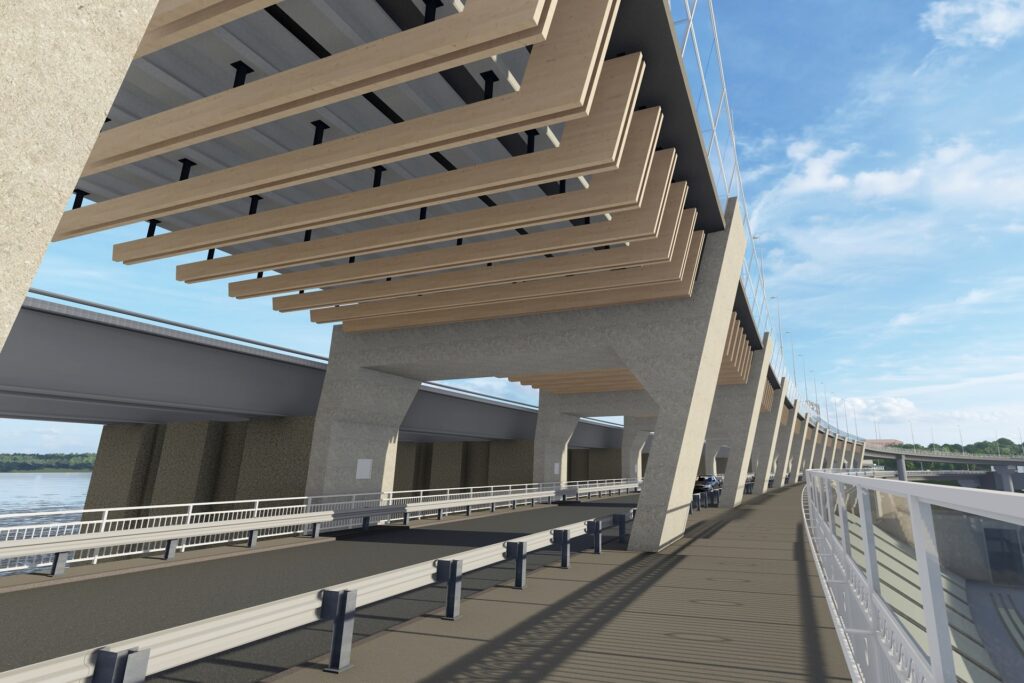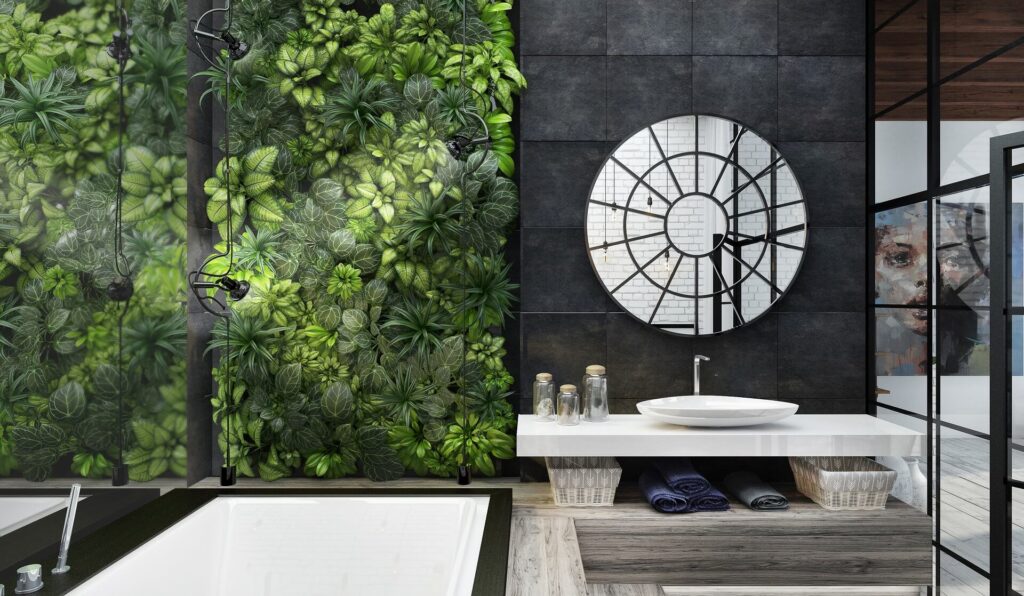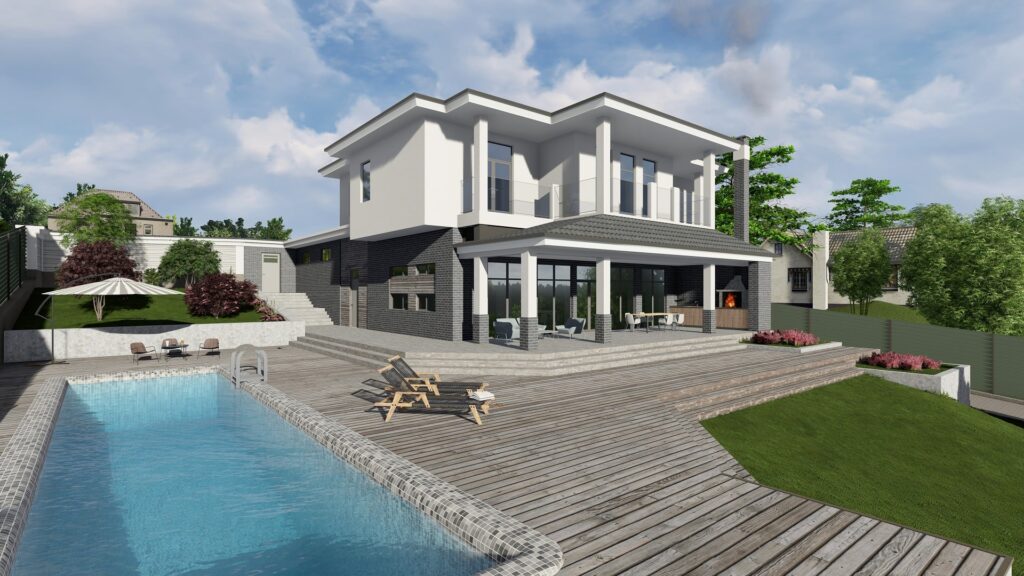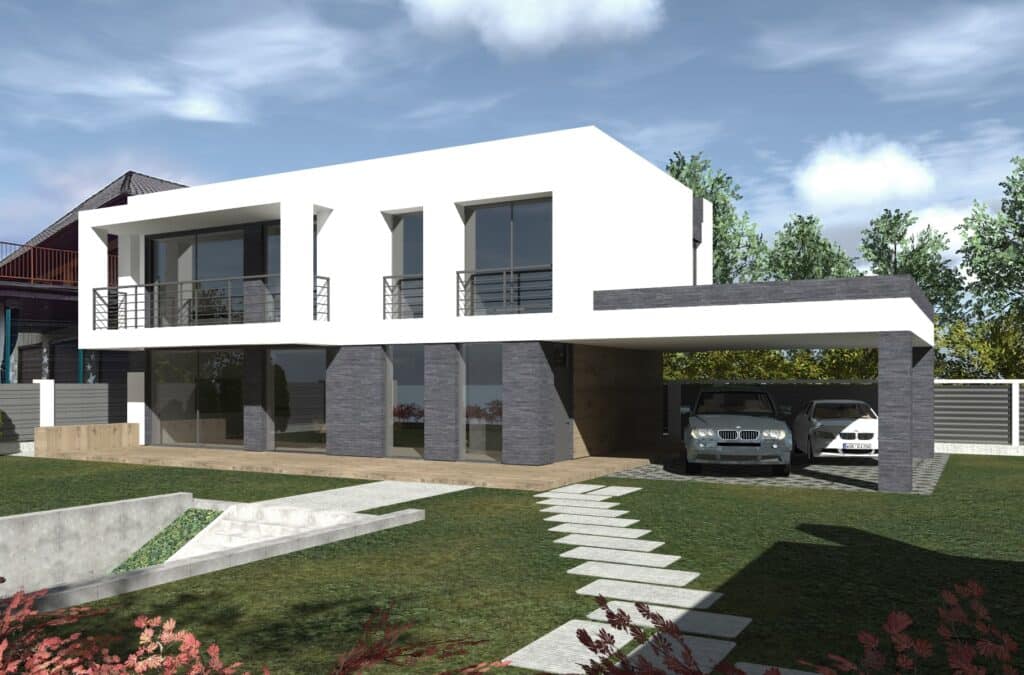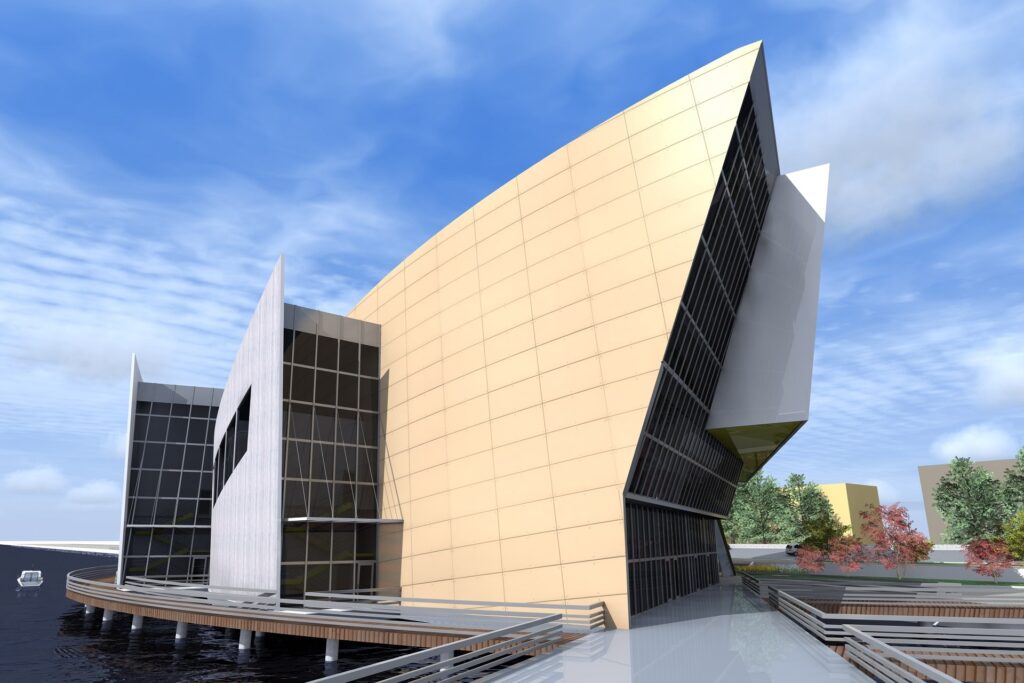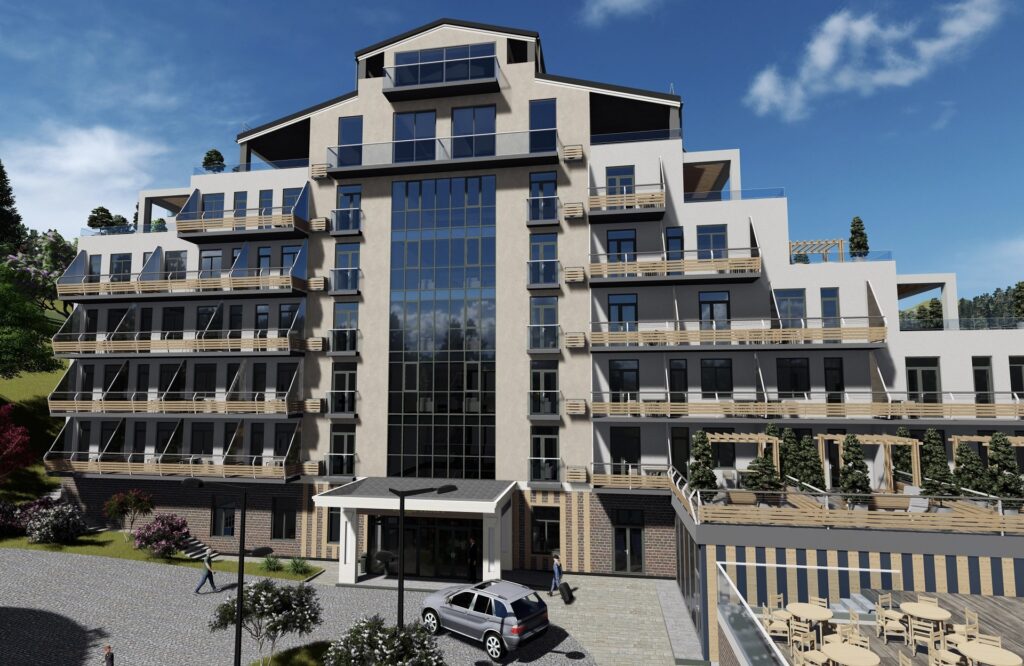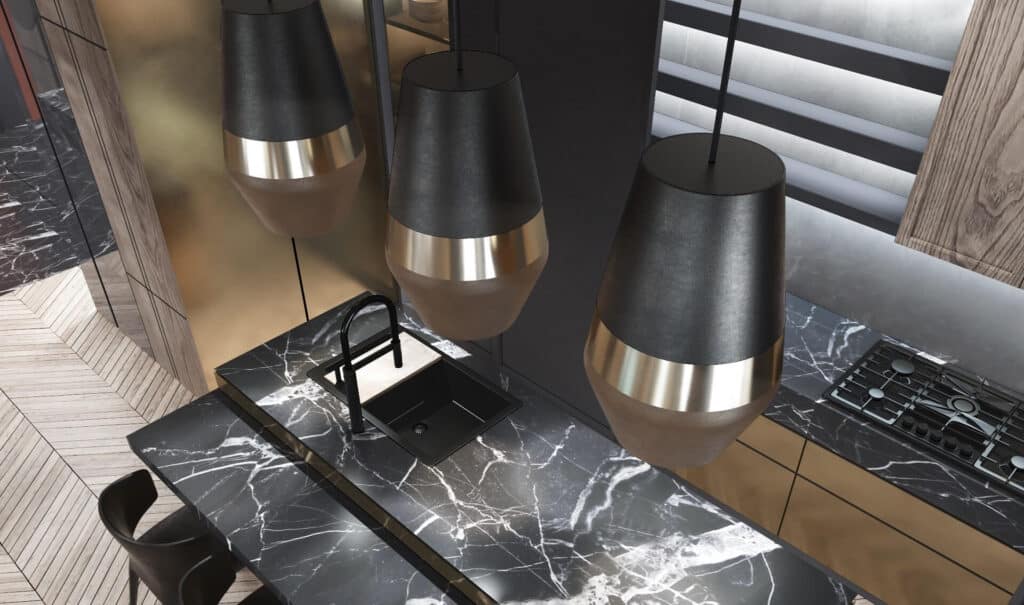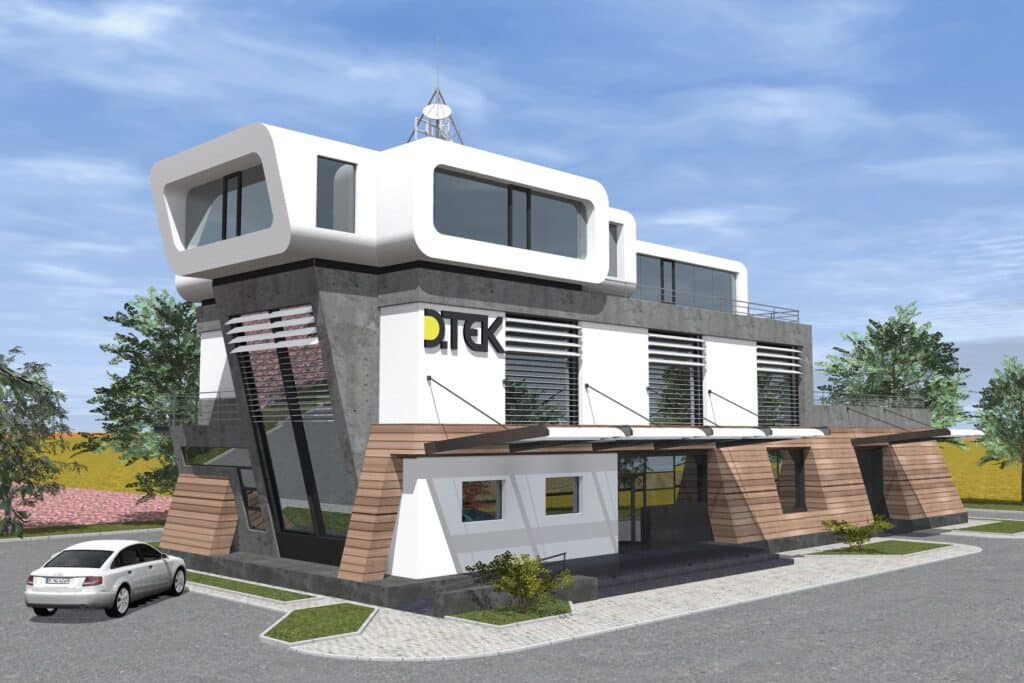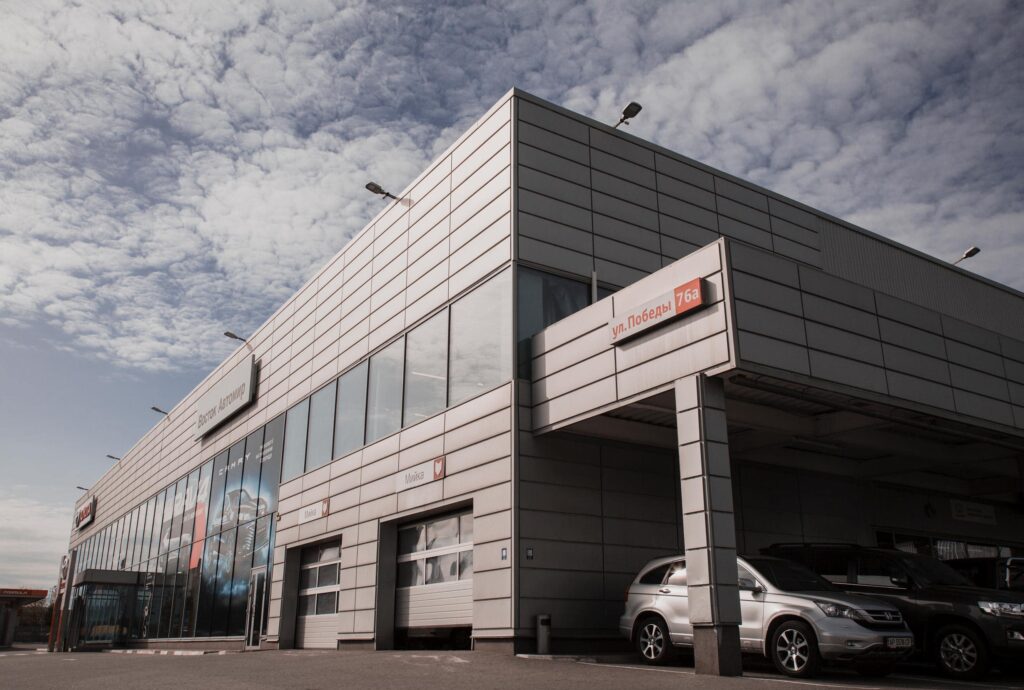7 Ways to Make Your Home More Eco-Friendly Through Design
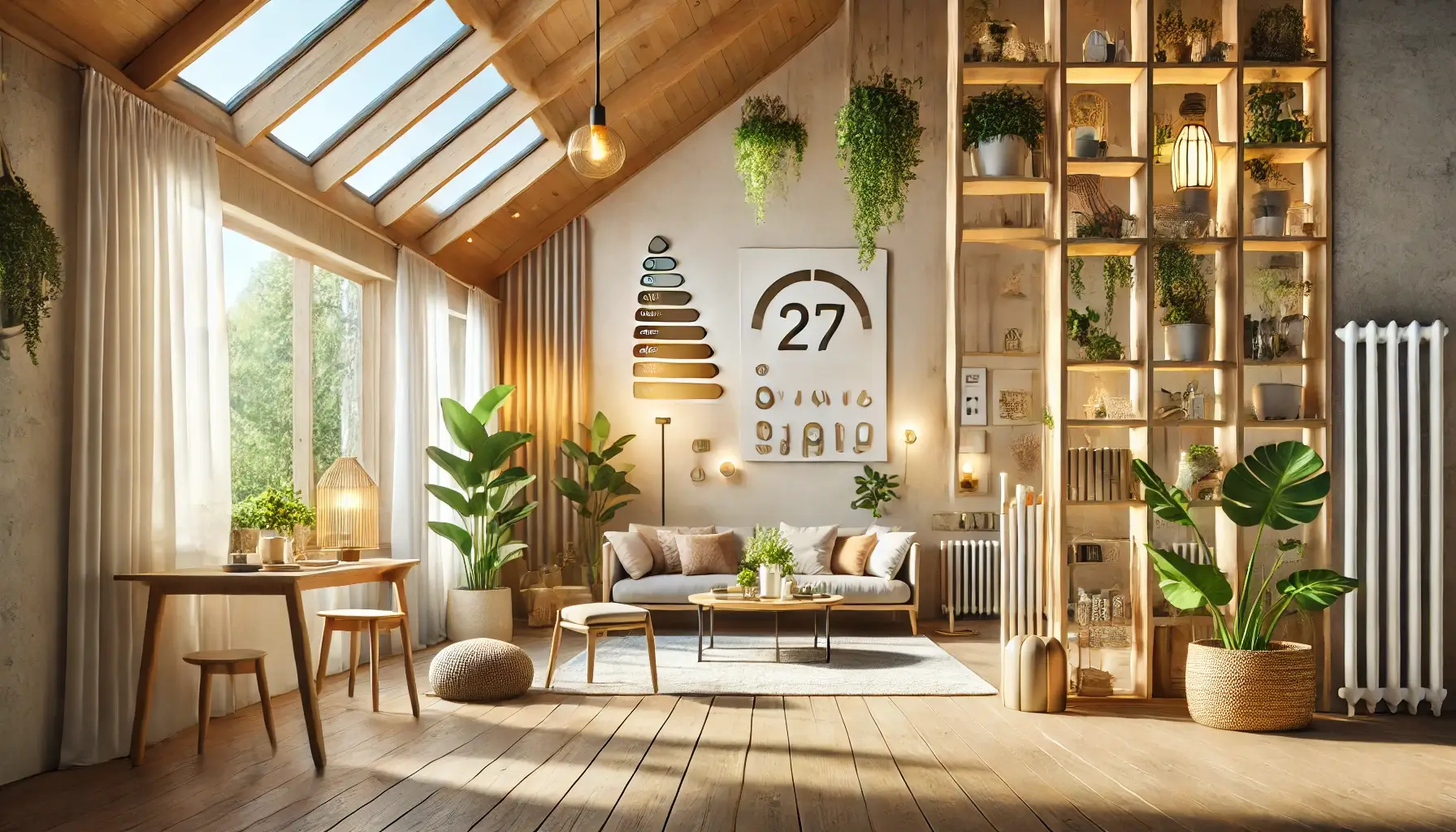
Welcome to the exciting world where design meets sustainability. As a designer and architect, my mission is to merge creativity with consciousness, transforming spaces into eco-friendly sanctuaries. In this article, discover innovative ways to infuse sustainable practices into your home’s design, enhancing both beauty and environmental responsibility.
1. Embrace Natural Light ☀️
Harnessing natural light doesn’t just cut down on electricity usage—it also brings a vibrant, welcoming energy into your home. 😊
- Install Larger Windows: Opt for floor-to-ceiling windows or skylights. They maximize daylight and provide beautiful views of nature.
- Use Light-Colored Interiors: Bright walls and ceilings help reflect light throughout the room, reducing the need for artificial lighting.
- Position for the Sun: Design your home so that living spaces face the sun’s path to receive maximum natural light.
Incorporating natural light not only saves energy but also boosts your mood and productivity, making it a fundamental element of sustainable living. 🌿
2. Choose Sustainable Materials 🌱
The materials you select have a significant impact on your home’s ecological footprint. Here’s how to choose wisely:
- Opt for Recycled Materials: Use recycled or reclaimed wood, metal, and glass in your design for a rustic yet modern appeal.
- Select Bamboo: This rapidly renewable material is perfect for flooring, cabinetry, and more, offering durability and style.
- Non-Toxic Finishes: Choose paints, varnishes, and finishes that are low in volatile organic compounds (VOCs) to maintain indoor air quality.
By selecting sustainable materials, you create a home that not only looks good but feels good, contributing to a healthier planet. 🌍
3. Integrate Smart Technology 📱
Smart home technology is a game-changer for eco-friendly living, offering convenience and efficiency:
- Smart Thermostats: These devices adapt to your schedule and preferences, optimizing heating and cooling while saving energy.
- Automated Lighting: Motion sensors and timers ensure lights are only on when needed, reducing unnecessary electricity consumption.
- Energy Monitoring Systems: Track your energy usage and identify areas for improvement, making your home more efficient.
Integrating smart technology helps reduce waste and optimize resources, making it an essential part of modern sustainable design. ⚙️
4. Create a Green Roof or Wall 🌿
Incorporating greenery into your home design isn’t just about aesthetics—it’s about environmental impact:
- Install a Green Roof: This provides insulation, reduces stormwater runoff, and creates a habitat for wildlife.
- Vertical Gardens: Use walls to grow plants indoors, improving air quality and adding a lively atmosphere.
- Native Plants: Choose indigenous species for your green spaces to support local ecosystems and reduce water usage.
These green strategies bring nature closer, creating a serene environment while contributing to biodiversity. 🐝
5. Water Efficiency Upgrades 💧
Efficient water use is crucial in a sustainable home, and design plays a pivotal role:
- Rainwater Harvesting Systems: Collect rainwater for irrigation, reducing reliance on municipal water supplies.
- Low-Flow Fixtures: Install faucets, showers, and toilets that use less water without compromising performance.
- Drought-Resistant Landscaping: Design your garden with plants that require minimal watering, saving resources and effort.
By prioritizing water efficiency, you conserve precious resources and lower your utility bills. 🌊
6. Prioritize Thermal Insulation 🏠
Effective insulation can dramatically reduce energy consumption, keeping your home comfortable year-round:
- Use Eco-Friendly Insulation Materials: Opt for cellulose, wool, or other sustainable options to minimize environmental impact.
- Seal Gaps and Cracks: Ensure your home is airtight to prevent heat loss in winter and heat gain in summer.
- Double-Glazed Windows: These windows provide excellent insulation, reducing the need for artificial heating and cooling.
Good insulation is the cornerstone of an energy-efficient home, providing lasting benefits for you and the planet. 🔥
7. Encourage Efficient Space Use 🏡
Designing with efficiency in mind reduces waste and maximizes your home’s potential:
- Multi-Functional Furniture: Choose pieces that serve multiple purposes, reducing the need for excess items.
- Open-Plan Layouts: These designs enhance airflow and light distribution, creating a more efficient and spacious environment.
- Built-In Storage: Custom storage solutions reduce clutter, encouraging a minimalist lifestyle that’s kinder to the Earth.
Efficient space use is not just about aesthetics; it’s about fostering a lifestyle that values simplicity and sustainability. 📐
By integrating these sustainable design practices, you transform your home into a model of eco-friendly living. Each decision, from natural lighting to smart technology, reflects a commitment to a healthier planet and a more harmonious way of life. Let’s create spaces that are not only beautiful but impactful, leaving a legacy of responsibility and creativity for future generations. 🌟

